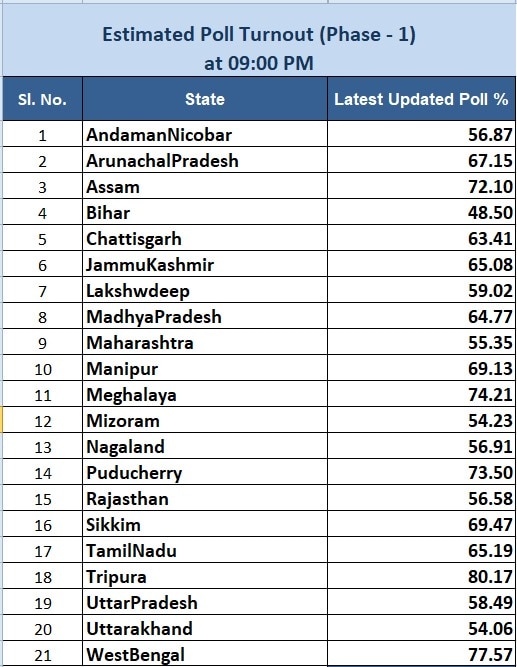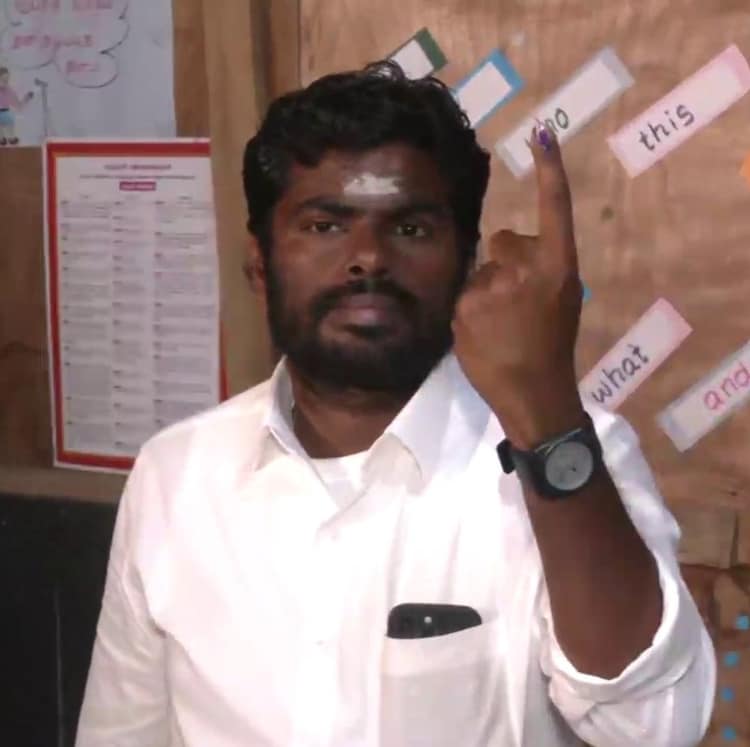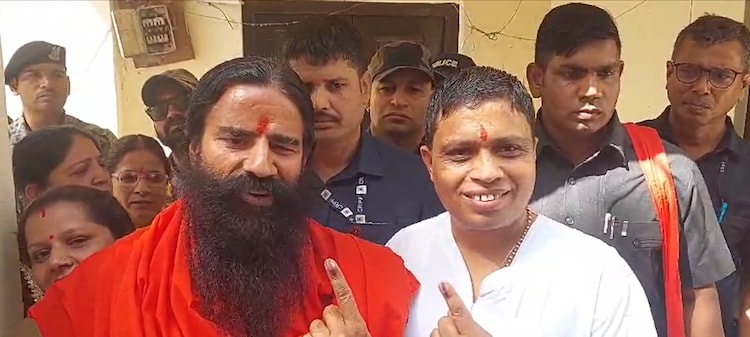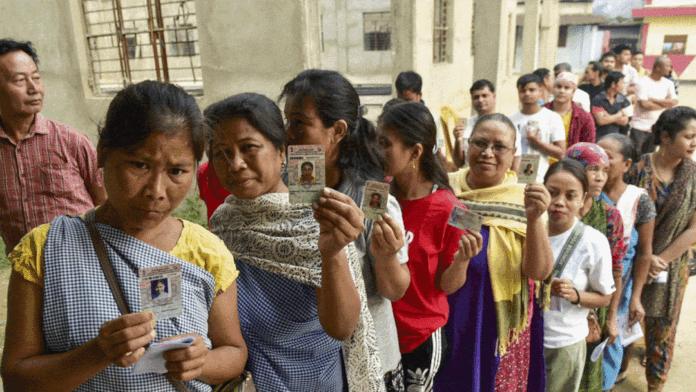India’s electoral journey kicked off with the first phase of the Lok Sabha elections, drawing a turnout of 62.37%. Despite some disturbances, citizens across 21 states and Union Territories exercised their voting rights.
The Lok Sabha elections began with a turnout of 62.37%, as citizens cast their votes across 21 states and Union Territories. While slightly lower than in 2019, the enthusiasm for democracy remained evident.

Despite the excitement, there were reports of disturbances, particularly in West Bengal and Manipur. Allegations of violence and intimidation surfaced, highlighting challenges in the electoral process.
Nevertheless, notable figures like P Chidambaram and Rajinikanth participated, emphasizing the importance of voting. Tamil Nadu, with all 39 seats in contention, emerged as a significant battleground.


Concerns about voter list discrepancies were raised, prompting scrutiny of the electoral process. The Election Commission deployed extensive resources to oversee polling stations and ensure fairness.
As the nation progresses through subsequent phases, the outcome of these elections will undoubtedly shape India’s political landscape.


